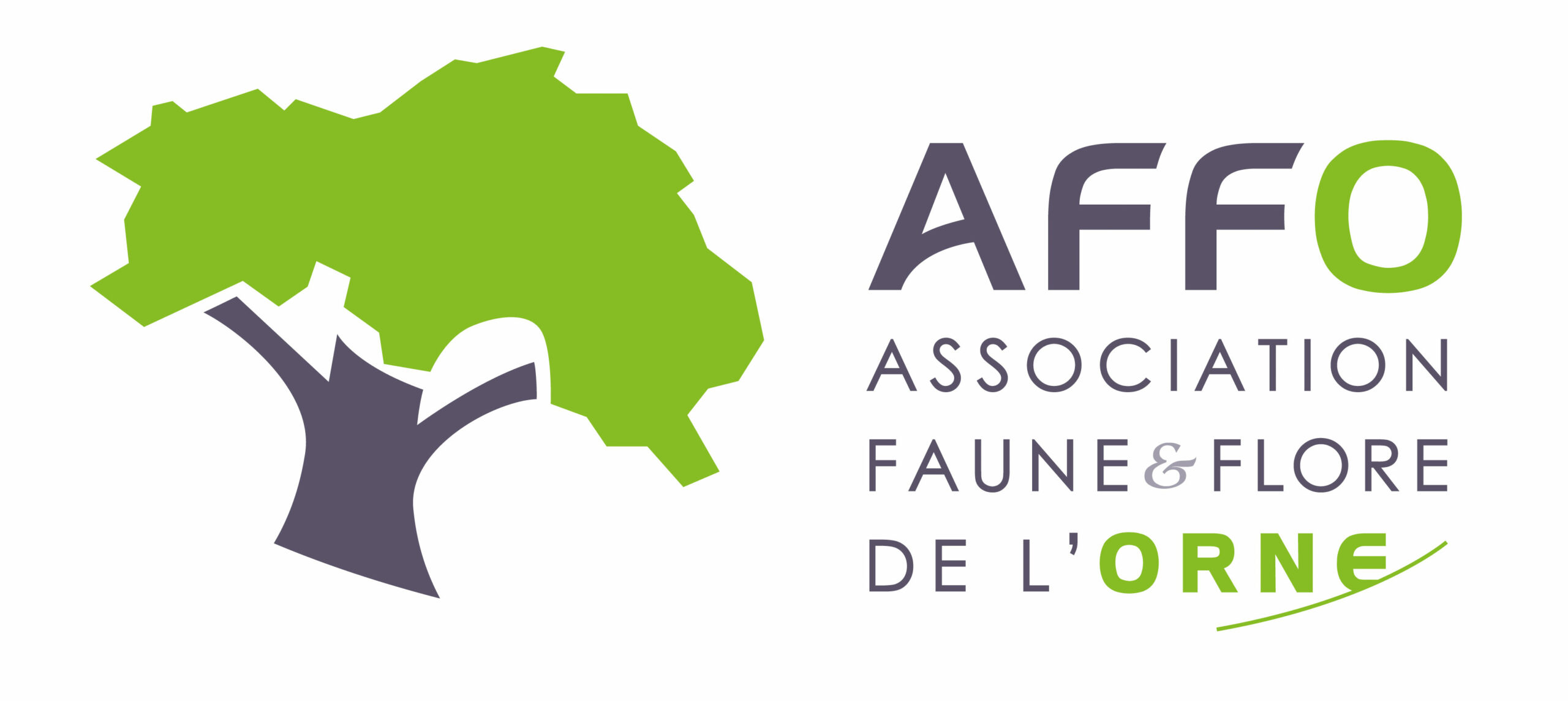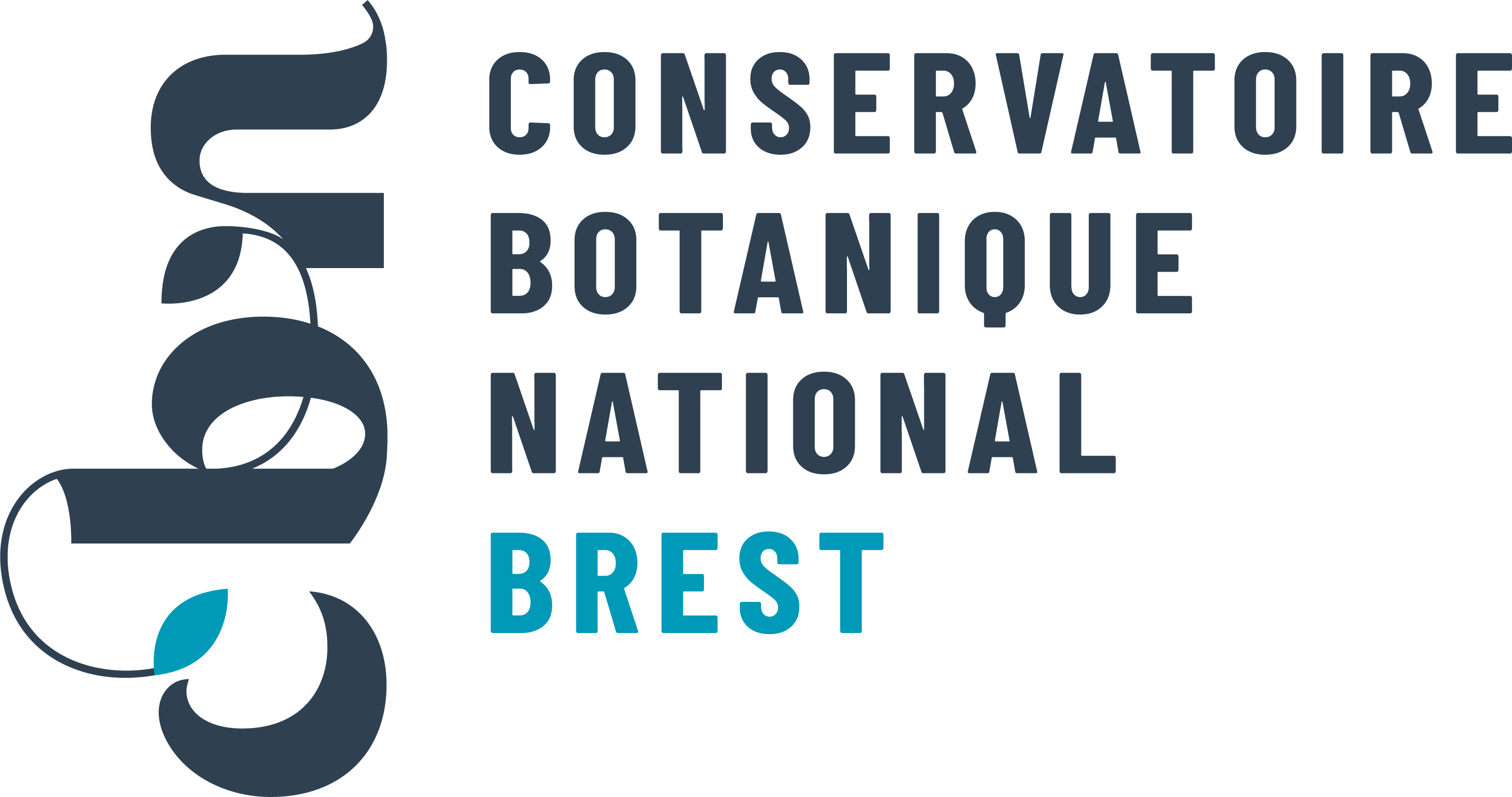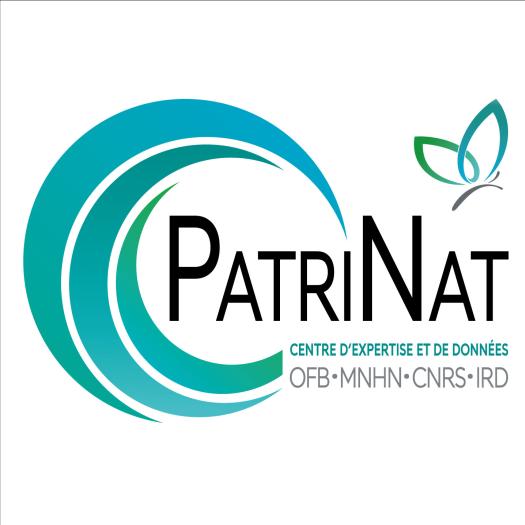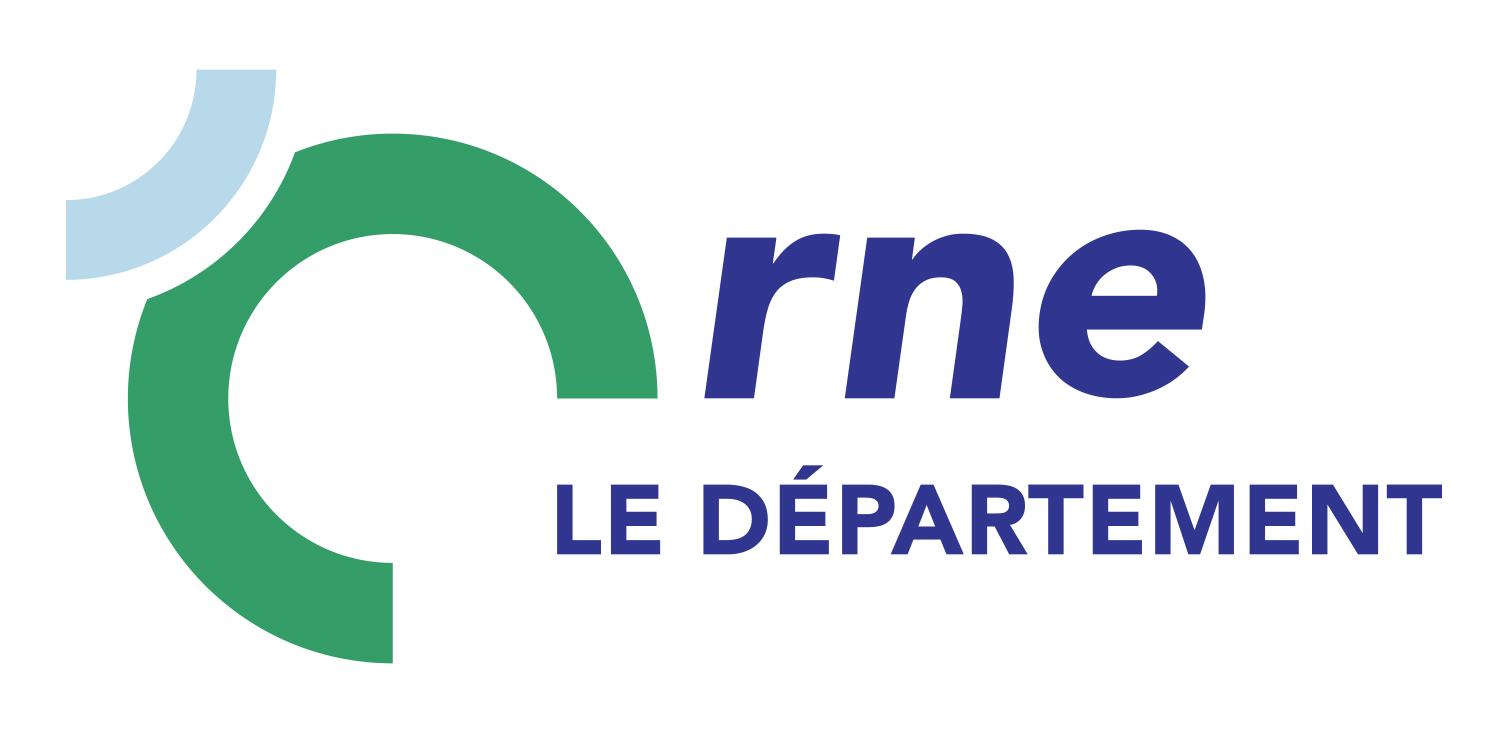Bruyère à quatre angles
Erica tetralix L., 1753

Où cette espèce a-t-elle été observée ?
 Attention : cette espèce peut être présente où il n’y a pas de maille, mais à ce jour elle n’y a pas encore été observée.
Attention : cette espèce peut être présente où il n’y a pas de maille, mais à ce jour elle n’y a pas encore été observée.
- 187 observations
-
37
communes -
65
observateurs
10
organismes -
Première observation
1866 -
Dernière observation
2025
Arcisses - Authon-du-Perche - Beaumont-les-Autels - Belforêt-en-Perche - Bellavilliers - Bizou - Bonsmoulins - Bretoncelles - Champrond-en-Gâtine - Charencey - Cour-Maugis sur Huisne - Feings - Fontaine-Simon - La Bazoche-Gouet - La Chapelle-Fortin - La Chapelle-Montligeon - La Ferté-Vidame - La Puisaye - La Ventrouze - Le Mage - Les Aspres - Les Genettes - L'Hôme-Chamondot - Longny les Villages - Manou - Moutiers-au-Perche - Rémalard en Perche - Sablons sur Huisne - Saint-Cyr-la-Rosière - Saint-Éliph - Saintigny - Saint-Mard-de-Réno - Saint-Victor-de-Buthon - Senonches - Soligny-la-Trappe - Thiron-Gardais - Tourouvre au Perche
-
Association Faune & Flore de l'Orne (AFFO)
Participation à 63 Observations
Part d'aide à la prospection : 33.69 %
Fiche organisme
-
Conservatoire botanique national du Bassin parisien (CBNBP)
Participation à 62 Observations
Part d'aide à la prospection : 33.16 %
Fiche organisme
-
Conservatoire Botanique National de Brest (CBNB)
Participation à 55 Observations
Part d'aide à la prospection : 29.41 %
Fiche organisme
-
PNR et géoparc mondial UNESCO Normandie-Maine
Participation à 42 Observations
Part d'aide à la prospection : 22.46 %
Fiche organisme
-
PNR du Perche
Participation à 23 Observations
Part d'aide à la prospection : 12.30 %
Fiche organisme
-
UMS PatriNat (OFB-CNRS-MNHN)
Participation à 22 Observations
Part d'aide à la prospection : 11.76 %
Fiche organisme
-
Ministère de la Transition écologique et de la Cohésion des territoires
Participation à 15 Observations
Part d'aide à la prospection : 8.02 %
Fiche organisme
-
Conseil départemental de l'Orne (bureau ENS)
Participation à 10 Observations
Part d'aide à la prospection : 5.35 %
Fiche organisme
-
Institut floristique franco-belge (IFFB)
Participation à 4 Observations
Part d'aide à la prospection : 2.14 %
Fiche organisme
-
Système mondial d’information sur la biodiversité (GBIF)
Participation à 1 Observation
Part d'aide à la prospection : 0.53 %
Fiche organisme
Informations espèce
D1.21 : Hyperoceanic low-altitude blanket bogs, typically with dominant Trichophorum
D1.22 : Montane blanket bogs, Calluna and Eriophorum vaginatum often dominant
D1.231 : Southern boreo-Atlantic Eriophorum - Calluna bogs
D2.253 : Cantabrian deergrass and bog asphodel acidic fens
D4.1521 : Fennoscandian brown moss yellow sedge fens
E4.3161 : Gazons sommitaux des Hautes-Chaumes à Nard raide
F4.11 : Landes humides septentrionales
F4.12 : Landes humides méridionales
G3.415 : Peatmoss Caledonian forest
G3.424 : Baltic dune Scots pine woods
G3.D22 : Boreal dwarf scrub Scots pine fen woods
G3.E212 : Coastal northern bilberry Scots Pine mire woods
Répartition actuelle en France métropolitaine
© INPN - Avertissement : les données visualisables reflètent l'état d'avancement des connaissances et/ou la disponibilité des données existantes au niveau national : elles ne peuvent en aucun cas être considérées comme exhaustives.
Répartition actuelle dans le monde
Avertissement : les données visualisables reflètent l'état d'avancement des connaissances et/ou la disponibilité des données existantes au niveau mondial : elles ne peuvent en aucun cas être considérées comme exhaustives.














